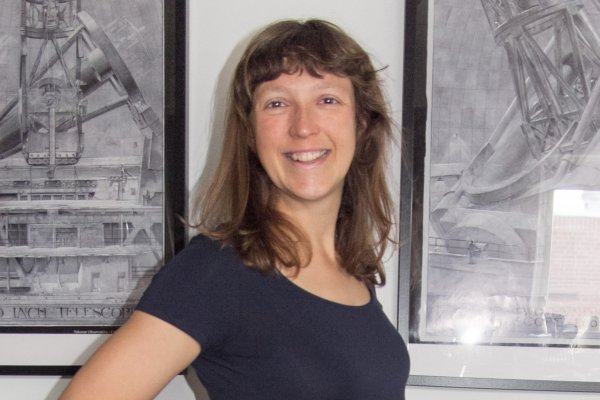Nadejda Blagorodnova, a researcher who will develop her project at the Institute of Cosmos Sciences of the University of Barcelona (ICCUB), has received 1.48 million euros for the project Common Envelope Transients - Progenitors, Precursors and Properties of their Outbursts, which will study how massive stars merge with their close companions. To do this, she will use observations of transient astronomical events called luminous red novae (LRNe).
Red novae, similar to supernovae, represent the high-speed ejection of the gaseous envelope where both stars orbited just before their merger. This pioneering project will combine observations and theoretical models of these transient events. On the one hand, data from telescopes around the world will enable the discovery and follow-up of these outbursts in detail. On the other hand, the interpretation and modeling of these observational data will be key to study one of the most important, but also less understood phases of binary stellar evolution, which is the coevolution within this common gaseous envelope. "The ICCUB will be an ideal place to conduct this research, as the group has extensive experience in the study of stellar populations and observational techniques," says Blagorodnova.
According to the European Research Council, in this call for starting grants, female researchers won 43% of grants, a 6% increase and the highest percentage to date. These grants are aimed at excellent researchers of any nationality with 2-7 years of research experience.
More information: ERC press release and University of Barcelona webpages.



